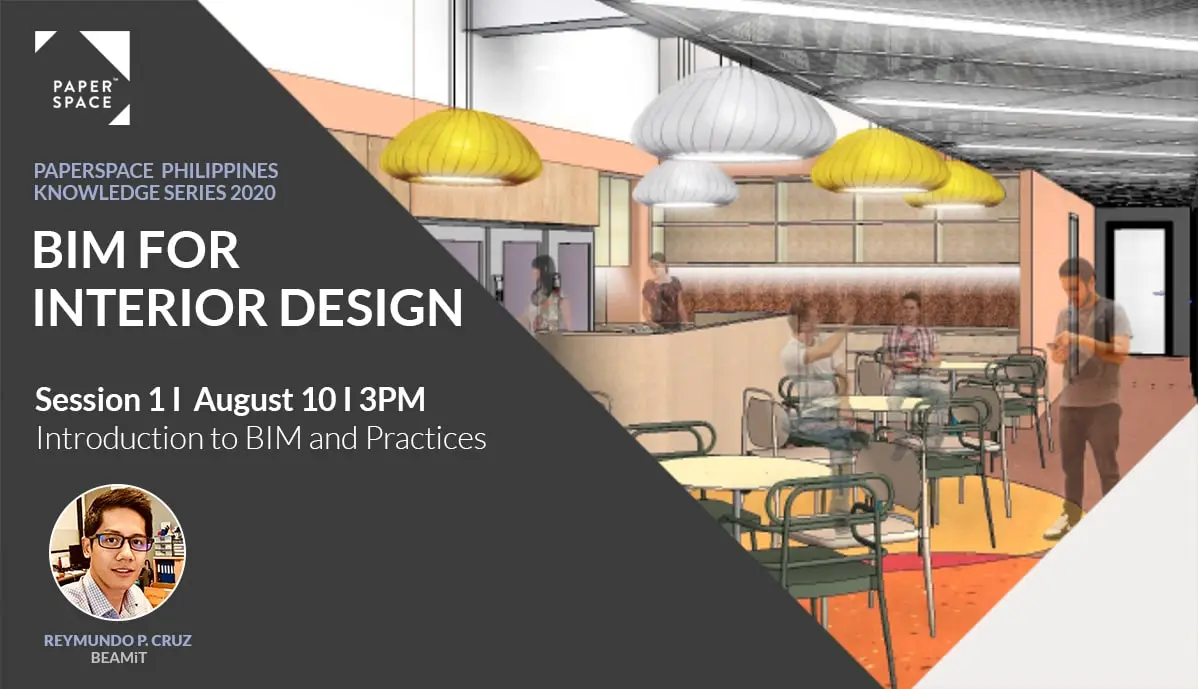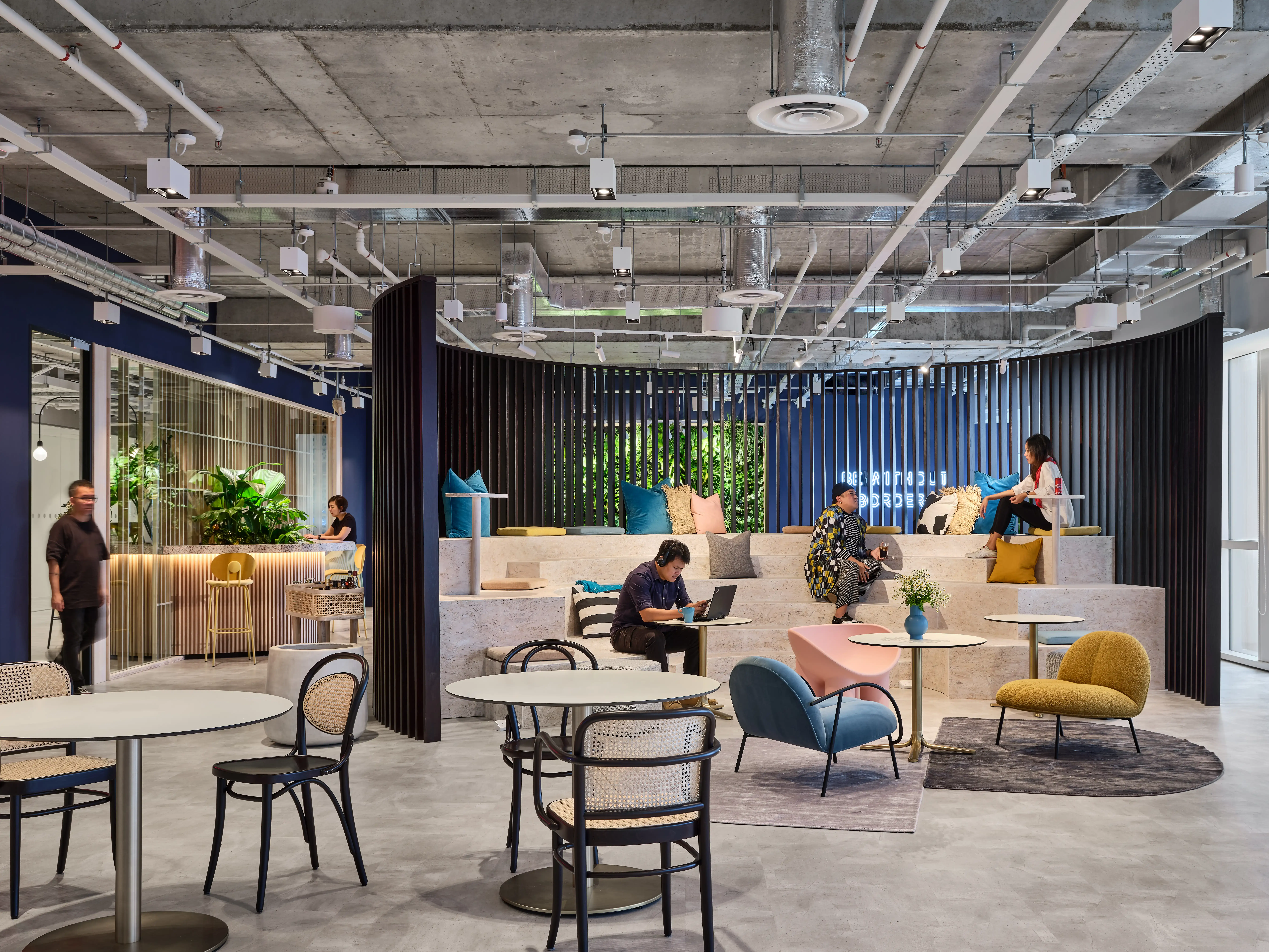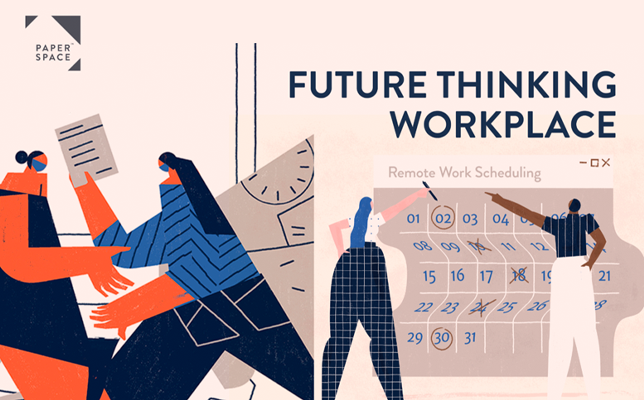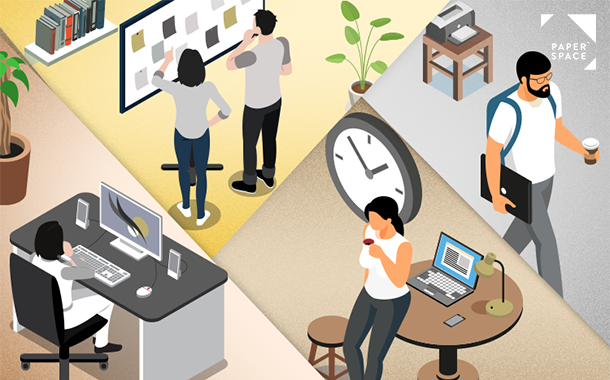Building Information Modeling for Interior Design
9 October 2020
The Paperspace Philippines Knowledge Series 2020 is a webinar series with highly-informative modules for architects and interior designers with a 3-part module detailing Building Information Modeling (BIM). With 14 years of experience in architecture, engineering and construction (AEC industry), Mr. Reymundo P. Cruz from BEAMiT was the key facilitator for the module.
The first session, “BIM for Interior Design: Introduction to BIM and Practices,” looked at its use in the Interior Design industry.
What is Building Information Modeling (BIM)?
BIM is an intelligent 3D model-based process that gives architecture, engineering, and construction (AEC) professionals the insight and tools to plan, design, construct, and manage buildings and infrastructure more efficiently. BIM is an integrated project model that significantly contributes to the different stages of any project, from the design phase to the building phase to the operating period.
According to Cruz, many experts from different countries adopt BIM because of what it can offer compared to other programs in the industry, most notably a high degree of visualization. Being able to see your design in 3D leads to faster decision-making skills and the ability to control risk factors and issues. The ability to see design issues from the planning stage and the power to change them immediately will then lead to time and cost savings in the long run. BIM also aids all the different stages in the Project Lifecycle.
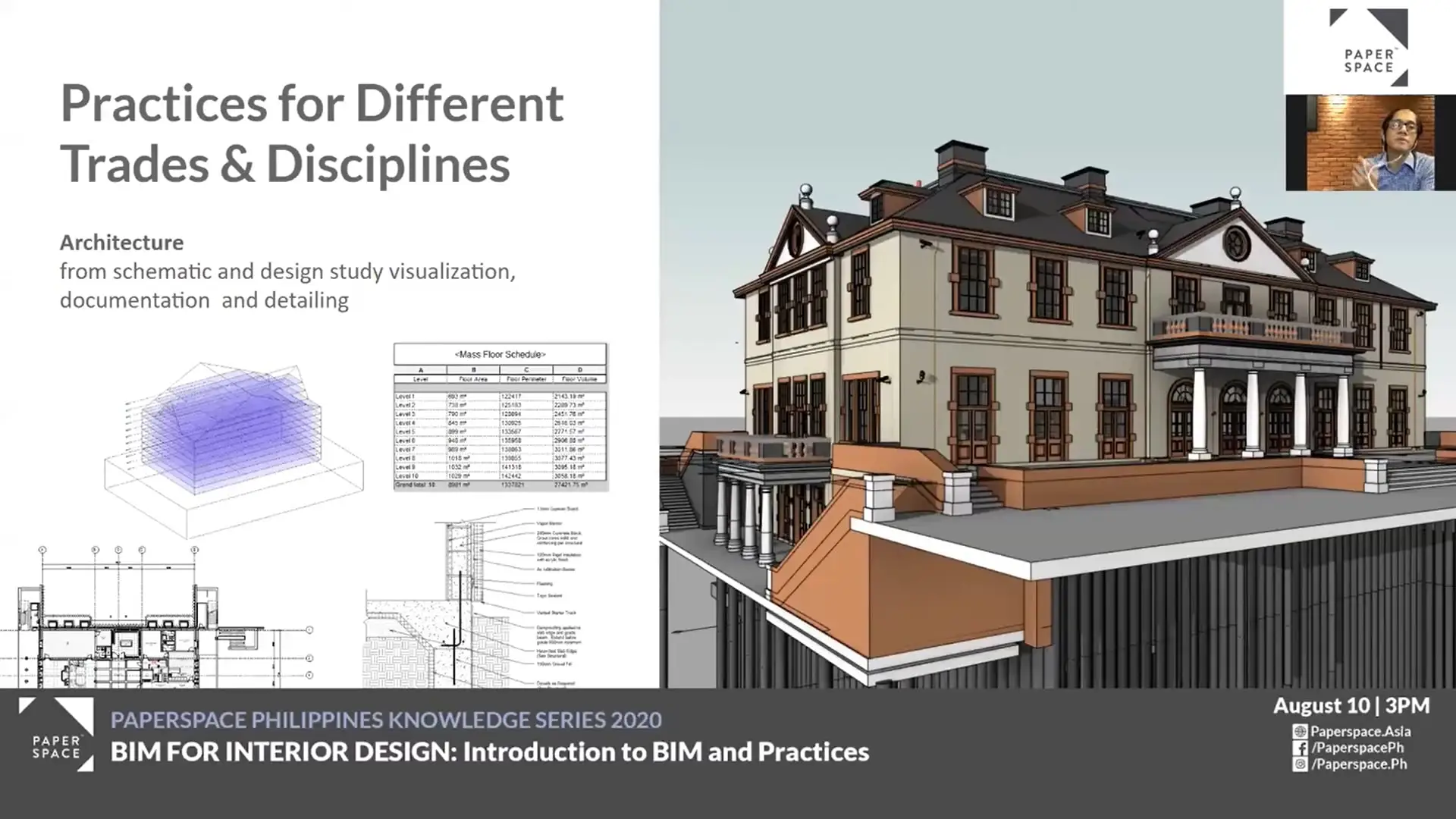
Why should you use BIM?
Working on design projects requires processing a large amount of information; this is where BIM comes in handy since you’ll have your information visualized and consolidated in one project instead of having several files. Aside from better collaboration, there’s also a high degree of visualization, and the ability to quickly make changes saves time and money. The integration of technologies such as interior laser scanning and photo imagery with BIM has also been widely developed over the past few years, allowing architects, engineers, and designers to capture reality and work with what is on-site.
Aside from this, BIM offers collaborative tools such as BIM 360 and the Digital Twin feature. The former provides a cloud platform where the owner and the designers can easily share a variety of information. At the same time, the digital twin feature is a widely used virtual representation of a physical object or system. It uses real-time data among other sources to enable learning, reasoning, and dynamically recalibrating for improved decision making. The pairing of virtual and physical worlds allows experts to analyze data and monitor systems to handle problems before they occur.
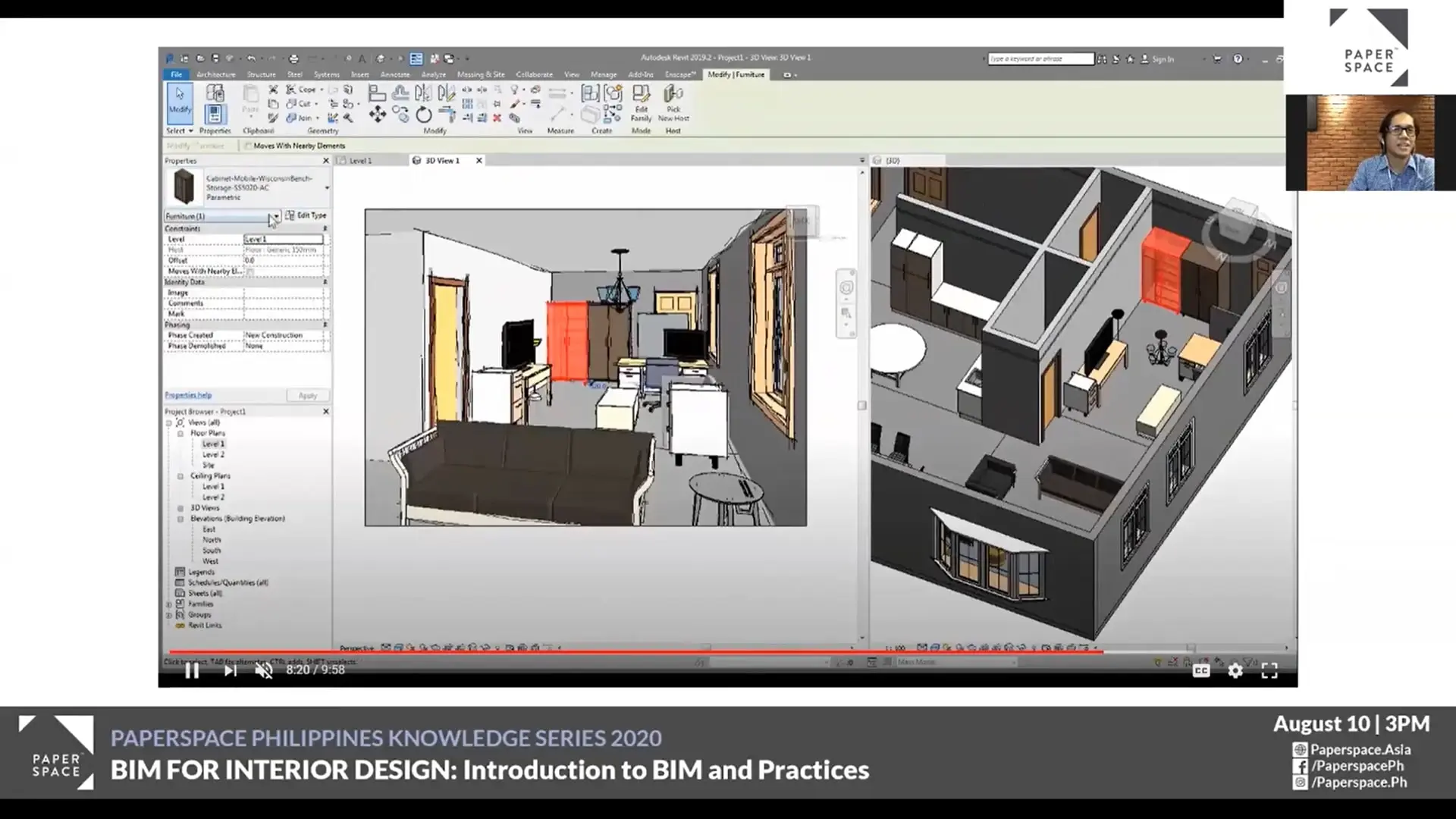
BIM in Interior Design
Different disciplines can utilize Building Information Modeling, including architecture, engineering, and interior design. Its use varies depending on the field, but Cruz advised anyone learning how to use BIM for their future projects to have an open mind and be open to learning new things.
For interior designers specifically, BIM is an instrument to help develop and innovate the way they create, conceptualize, and bring their ideas into reality. Since interior designers are focused on the functionality and visual appeal of the space, using BIM to visualize projects helps their work considerably. It was at this point that Cruz demonstrated how to create a conceptual plan using Revit, one of the most common platforms used today that utilizes BIM.
He then ended the webinar by showing how designers can enhance their presentations to clients using BIM integrated plugins. Enscape, for example, is a tool that allows one to update their project in real-time, enabling them to have a more immersed visualization by integrating VR to experience their 3D model firsthand. Other plugins that utilize BIM include Fuzor, which acts as a 3D model walk-through type of tool similar to Enscape, while Vray for Revit makes high-quality renderings.
After the presentation, Cruz briefly answered questions from the audience, and then briefly discussed what’s to come in the next part of the BIM for Interior Design seminar.
As a sneak peek, he shared that Session 2 will be about using BIM in different kinds of processes. These topics included conceptual planning and schematic design, analyzing problems while doing conceptualization using BIM, and sample workflows and best practices.
View whole seminar here:
About Paperspace
“Paperspace is a collective of specialized interior-architecture consultants coming together with one goal: to form a community by sharing our passion in design, as well as to learn, grow, and support each other to deliver amazing projects continuously.”
For Paperspace Philippines Project Director IDr. Karen Calalec, the organization brings independent talents, skills, and experiences under a common platform to drive architectural innovation with a design collective to optimize their clients’ space value. Such a desire for more collaboration is what led Paperspace to start off its Knowledge Series 2020 efforts.
TAGS
join our newsletter
Subscribe to receive the latest updates and news on design,
workplace strategy and research into your inbox.

